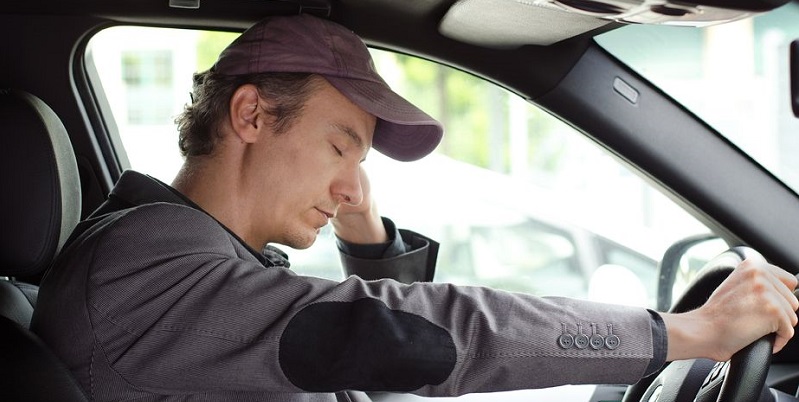Colorado drivers with only five or six hours of sleep are twice as likely to get into an auto accident. Learn the facts and myths surrounding dangerous drowsy driving.
Sleep-Deprived Motorists Continue to Cause Auto Accidents on Colorado Roads
Despite media attention and public awareness, many drivers are continuing to drive while drowsy. According to the AAA Foundation for Traffic Safety, nearly a third of all drivers reported driving when they could barely keep their eyes open in the last 30 days, and 3.5 percent of those said they did so regularly.
What is Drowsy Driving?
Drowsy driving is defined as operating a motor vehicle while cognitively impaired by lack of sleep. But a driver does not have to be falling asleep at the wheel to be driving drowsy. Anyone whose reaction time, judgment, situational awareness, and decision-making abilities are compromised by lack of sleep may be at higher risk for a car accident.
The AAA report found that drivers who had slept only five or six hours in the last 24 hours were twice as likely to get into an accident as those who had slept seven hours or more, and drivers who had gotten only four or five hours of sleep were four times more likely to crash, a rate comparable to that of drunken drivers. There is no “sleep breathalyzer” to detect whether a driver is sleep-deprived, however.
According to Wake Up Call! Understanding Drowsy Driving and What States Can Do, a report compiled by the Governors Highway Safety Association, a driver who has been awake for a continuous 18 hours will exhibit performance levels comparable to someone with a Blood Alcohol Concentration (BAC) level of 0.05 percent. After 21 to 24 hours without sleep, driver performance drops to a level similar to that of someone with a BAC of 0.08 percent, the legal limit in all states.
Misconceptions About Drowsy Driving
Another problem with drowsy driving is the misconceptions that people have about driving on little or no sleep, as reflected in a true/false quiz published on the AAA Colorado website:
- I can tell when I’m falling asleep: False. Although 80 percent of those surveyed said they could predict when they were about to fall asleep, sleep is involuntary and cannot be predicted.
- Drinking coffee cures drowsiness: False. Caffeine may make you feel more alert, but its effect lasts only a short time and increases the likelihood of four- or five-second “micro-sleeps” while behind the wheel.
- Driving long distances makes you sleepy: Partially true, although only 21 percent of study respondents reported that they had been driving for three hours or more when they fell asleep, while 59 percent had been driving for less than an hour when they nodded off.
How Does Colorado Rank for Drowsy Driving?
Not very well, according to a Sleep Junkie study published in December 2016:
- Colorado ranked third (6 percent) among the states with the highest percentage of driving fatalities related to drowsy driving. Wyoming was first with 8.6 percent, followed by Vermont at 6.8 percent.
- Interstate 25 was ranked fourth among the most dangerous interstates for sleep-deprived drivers, with 9.97 percent of all driving fatalities related to lack of sleep.
- Among the counties with the highest number of driving fatalities per 100 square miles reported in the past six years, Weld County, Colorado, ranked ninth with 16 fatalities.
According to AAA Colorado, drivers between the ages of 19 and 24 in the state are more likely to be involved in a Colorado auto accident involving drowsy driving than older drivers. One of every seven young drivers questioned admitted that they had fallen asleep while behind the wheel at least once in the past year, compared with one of every 10 drivers from all age groups.

